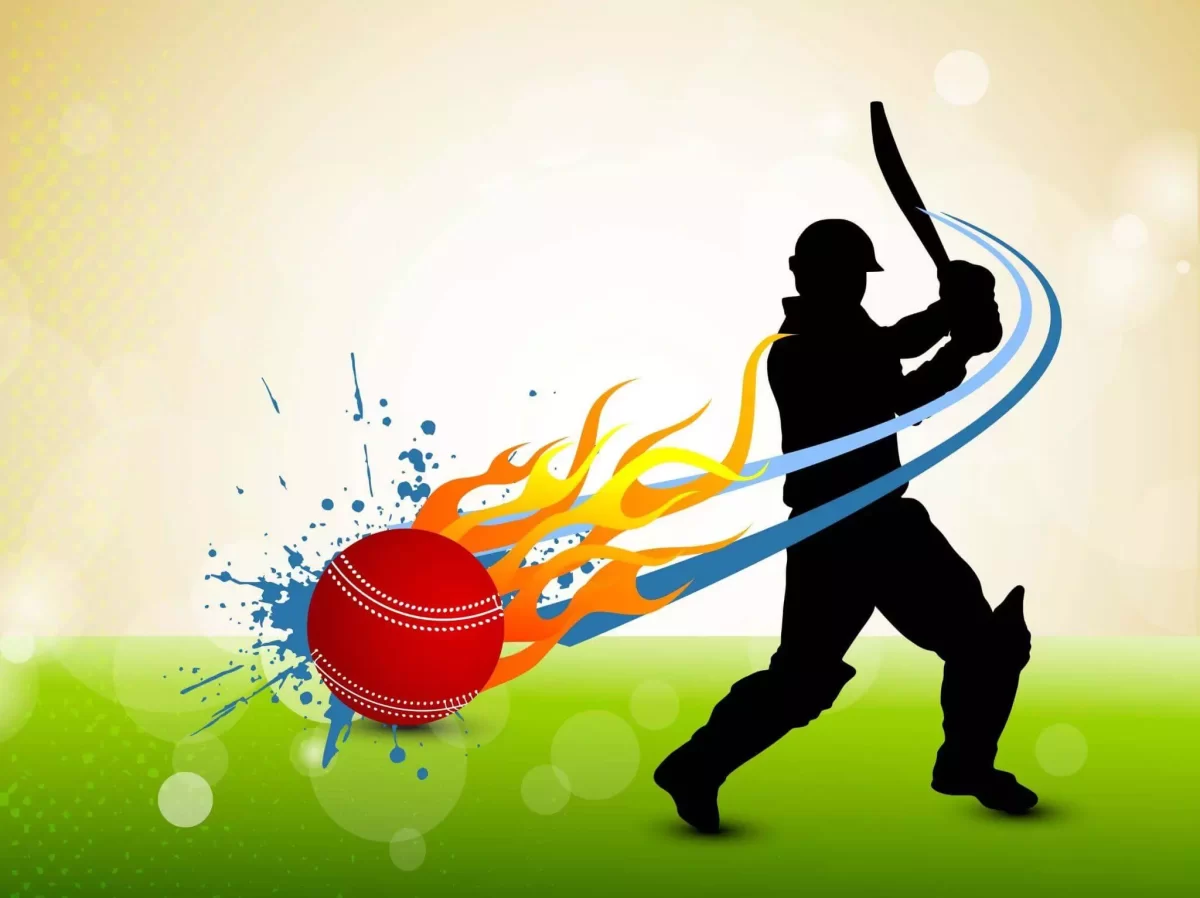A successful batsman must possess excellent hand-eye coordination, speed, reflexes, strength, and solid judgement. A difficult scoring shot in cricket might be played when you don’t know the appropriate defensive shot to employ for the situation.
To make things easier for you, we’ve compiled a list of the 4 most important cricket shots. Learning and practising these different shots, as well as knowing when to employ them, will help you score more runs and improve your game.

Defensive Strategy Utilizing the Back-Foot:
Move back on your rear leg, wait for the ball, and then push it down on the ground to make this shot. Instead of hitting or passing over the top of the stumps, this shot is played to a ball of decent length (or slightly shorter). With a fast bowler on your back, you must use a backfoot defensive shot to avoid getting called out.
Drives in the Straight and Narrow:
This shot must be practised a lot because it is hit directly back to the bowler, either with power or sheer timing. Both the air and the ground are fair game. The most common stroke, and often the first one that cricketers learn, is the off-spin. Cover drives, off drives, straight drives, on drives, and square drives are all terms used to describe this shot.
A Wide-Angle Shot:
A sweep is a low bouncing ball or sluggish full toss performed with a cross-batted front foot shot. Sweeping the ball to the leg side, usually towards the square leg or fine leg, is how the game is played. A terrific stroke to use in a matchup against a spinner. Take a sweep shot while the ball is low-bouncing on the leg side.
On-the-feet Defense:
In cricket, not every stroke is going to result in a wicket. Using a forward defensive shot will help you avoid being called out when a well-bowled ball comes your way. One step forward is required to play this game. The batsman should use a forward defensive stroke to block the ball. This shot is meant to be used with a ball that is at least medium in length but not quite full. Otherwise, the ball will strike or pass dangerously close to the stumps.

Oliver Greene is a sports geek at heart. From iconic moments to rising stars, he’s here to share his love of sports and the stories that make them special.

